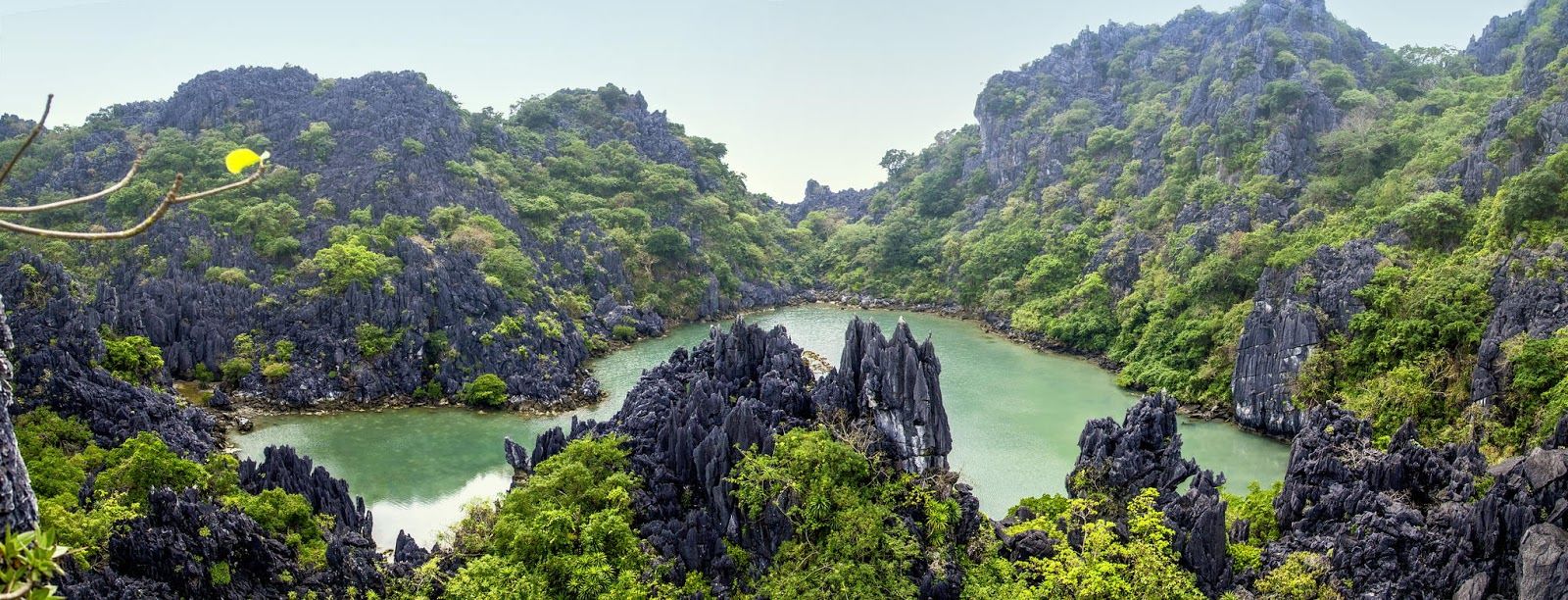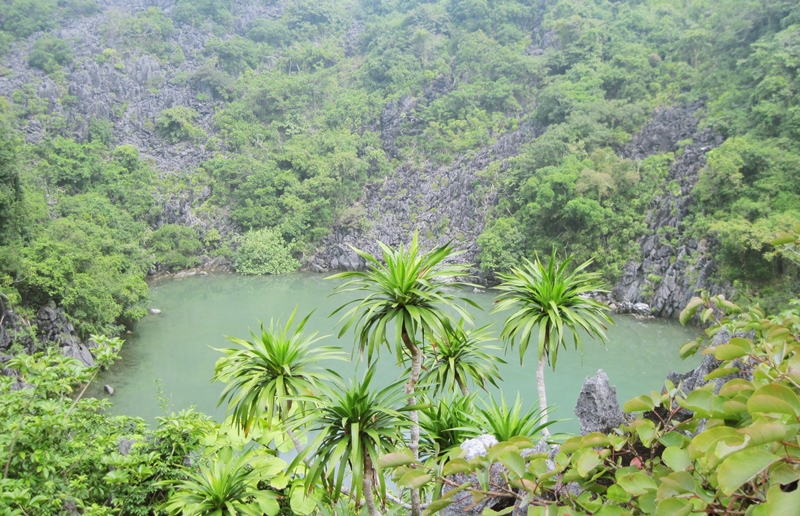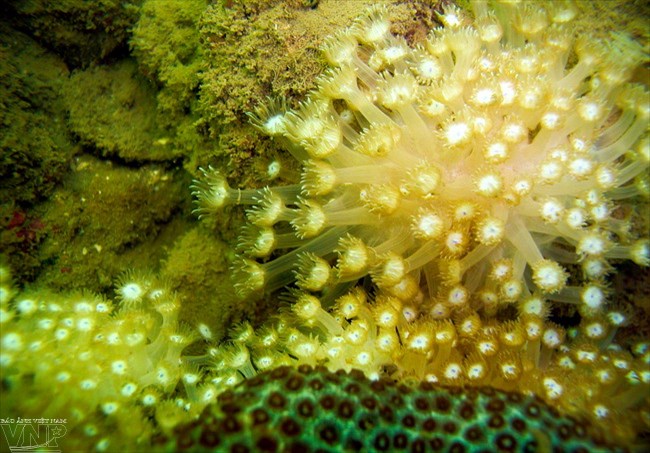Bai Tu Long National Park is a national biosphere reserve in Bai Tu Long Bay, Van Don District, Quang Ninh Province, Vietnam and has been officially operating since April 2002.
On 19th May 2017, the park received receive a certificate recognising as the 38th Heritage Park of ASEAN nations, under six criteria: ecological integrity, symbolism, natural features, high conservation value, management and preservation plan, and legality. Vietnam has five other national parks that are recognised as ASEAN Heritage Parks including: Ba Be, Hoang Lien, Kon Ka Kinh, Chu Mom Ray and U Minh Thuong.
Bai Tu Long National Park consists of marine ecosystems with 2/3 marine area that contain 102 rare and precious species, including 72 species of fauna and 30 varieties of flora that are listed in Vietnam’s Red Book Of Endangered Species. Typical species include Chittagong Wood, Aglaia, Tembusu and Pale-Capped Pigeon, Rhesus Monkeys, the Asiatic Golden Cat, Sambar Deer, Chinese White Dolphin, the False Killer Whale, Otter Shell, Pearls, Oysters and the Hawksbill Sea Turtle.
The park has 1,000 hectares of wetlands, including mangrove forest, sandy and rocky tidal banks and sea-grass that provide food, breeding grounds and habitat for animals, including migrating birds and insects. The wetlands ecosystem with its impressive scenery and biodiversity, has attracted many ecotourism, environmental education and research activities.
Some notable areas include Cai Quyt, Lo Ho, Soi Nhu, O Lon, Cai De and Cai Lim. The sea-grass covers 10 hectares of mud and sandy-floored areas such as Chuong Di, Mang River, Lo Ho-Pool, Cai De Pool and Tra Than Pool. Sandy and rocky tidal banks are home to sea creatures like molluscs, making Van Don an attractive destination in which to taste local delicacies.
The coral areas account for only a minor section of the park, found mostly on the fringes of islands but they play an major role in aquatic resources. These sectors provide a place for many kinds of sea creature to lay eggs, shelter, and hunt. It has high biological productivity, generating organic substances and important food sources, but is also a gene bank for many types of sea species. Bai Tu Long National Park needs to have sustainable protection and conservation procedures in place to preserve this incredible habitat.
Besides the incredibly diverse biological environment, the park also has significant archeological artifacts found in Soi Nhu Cave, where there evidence has been found of of ancient settlements dating up to 14,000 years ago.








Leave a Reply